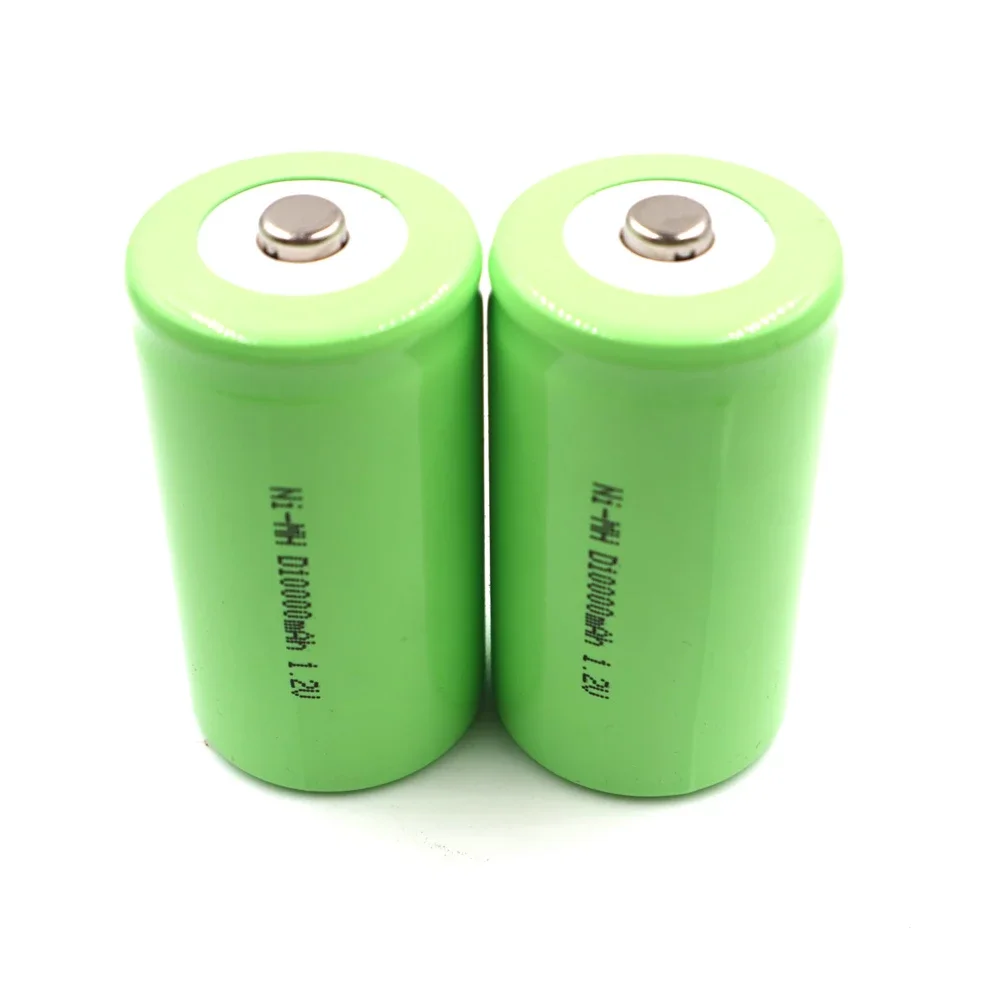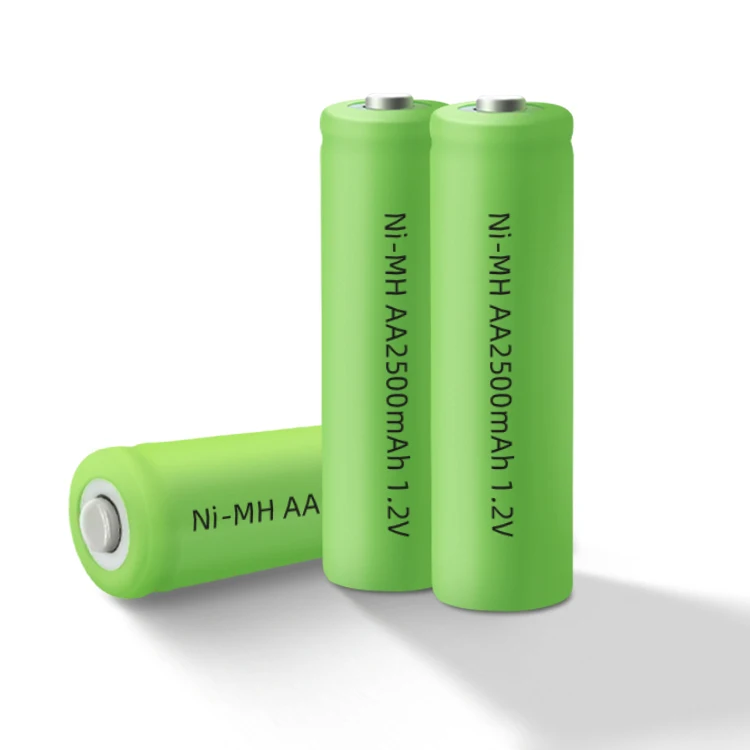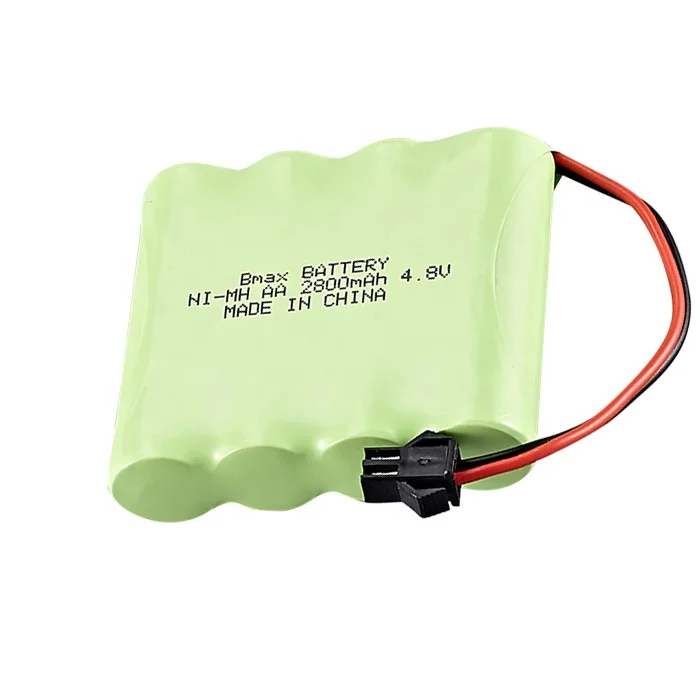Introduction
In the world of energy storage, the logistics of moving batteries from manufacturer to end-user play a crucial role in ensuring efficiency, reliability, and sustainability. Nickel Metal Hydride (NiMH) batteries, known for their high energy density and eco-friendliness, are no exception. In this blog, we’ll explore the intricate logistics involved in the transportation, storage, and distribution of NiMH batteries, highlighting the challenges, innovations, and best practices that contribute to the smooth flow of these essential energy storage solutions.
Understanding NiMH Batteries
Before we dive into logistics, let’s briefly recap what NiMH batteries are and why they’re significant:
1. Composition: NiMH batteries consist of nickel oxyhydroxide (NiOOH) as the positive electrode, a hydrogen-absorbing alloy as the negative electrode, and an alkaline electrolyte. This composition allows for efficient energy storage and release.
2. Rechargeability: Unlike disposable batteries, NiMH batteries are rechargeable, making them a sustainable and cost-effective choice for various applications.
3. Applications: NiMH batteries find applications in a wide range of industries, including consumer electronics, automotive, renewable energy, and more.
Heading 1: Transportation of NiMH Batteries
Transporting NiMH batteries from manufacturer to end-user involves various considerations to ensure safety, efficiency, and compliance with regulations:
1. Packaging: NiMH batteries must be packaged securely to prevent damage during transit. Packaging materials should be durable and provide adequate protection against impact and vibration.
2. Labeling: Proper labeling is essential to identify NiMH batteries during transportation and ensure compliance with regulations. Labels should include information such as battery type, capacity, voltage, and handling instructions.
3. Compliance: Transporting NiMH batteries requires compliance with regulations set forth by international organizations such as the International Air Transport Association (IATA) and the International Maritime Dangerous Goods (IMDG) Code. These regulations dictate packaging requirements, labeling, and documentation for safe transportation.
Heading 2: Storage of NiMH Batteries
Proper storage is critical to maintaining the performance and longevity of NiMH batteries:
1. Temperature Control: NiMH batteries should be stored at moderate temperatures to prevent degradation and extend their lifespan. Extreme heat or cold can accelerate self-discharge and reduce battery capacity.
2. Humidity Control: Excessive humidity can cause corrosion and damage to NiMH batteries. Storage facilities should be dry and well-ventilated to prevent moisture buildup.
3. Safety Measures: Safety precautions should be in place to prevent accidents such as short circuits or thermal runaway. Storage areas should be equipped with fire suppression systems and adequate ventilation to mitigate risks.
Heading 3: Distribution of NiMH Batteries
Efficient distribution networks are essential to ensure timely delivery of NiMH batteries to end-users:
1. Inventory Management: Proper inventory management practices help optimize stock levels and minimize carrying costs. Real-time tracking systems can provide visibility into inventory levels and streamline replenishment processes.
2. Route Optimization: Optimizing delivery routes can reduce transportation costs and minimize environmental impact. Advanced routing software can help identify the most efficient routes based on factors such as distance, traffic conditions, and delivery schedules.
3. Last-Mile Delivery: Last-mile delivery is often the most challenging and expensive part of the distribution process. Innovative solutions such as autonomous vehicles, drones, and micro-fulfillment centers are being explored to improve efficiency and reduce costs.
Heading 4: Challenges and Innovations
Despite the many benefits of NiMH batteries, the logistics of transporting, storing, and distributing them present several challenges:
1. Regulatory Compliance: Compliance with international regulations governing the transportation of hazardous materials can be complex and time-consuming. Manufacturers and distributors must stay abreast of evolving regulations to ensure compliance.
2. Environmental Impact: The transportation and distribution of NiMH batteries can have a significant environmental impact, primarily due to carbon emissions from vehicles. Implementing sustainable transportation practices and investing in alternative fuel vehicles can help mitigate these impacts.
3. Supply Chain Disruptions: Disruptions in the supply chain, such as natural disasters, geopolitical tensions, or global pandemics, can impact the availability and distribution of NiMH batteries. Implementing robust contingency plans and diversifying supply chains can help mitigate these risks.
Heading 5: Best Practices for NiMH Battery Logistics
To overcome the challenges associated with NiMH battery logistics and ensure efficiency and sustainability, manufacturers and distributors can implement the following best practices:
1. Collaboration: Collaborating with logistics partners, suppliers, and regulatory agencies can help streamline processes and ensure compliance with regulations.
2. Technology Adoption: Leveraging technology such as real-time tracking systems, route optimization software, and warehouse management systems can improve visibility, efficiency, and accuracy in NiMH battery logistics.
3. Continuous Improvement: Regularly reviewing and optimizing logistics processes can help identify inefficiencies and areas for improvement. Continuous training and education for staff can ensure compliance with regulations and best practices.
Conclusion
The logistics of NiMH batteries play a vital role in ensuring the efficient, reliable, and sustainable transportation, storage, and distribution of these essential energy storage solutions. By implementing best practices, collaborating with partners, and embracing technology, manufacturers and distributors can overcome challenges and contribute to a more efficient and sustainable supply chain for NiMH batteries. As demand for energy storage solutions continues to grow, efficient logistics will be critical to meeting the needs of consumers and industries worldwide.


